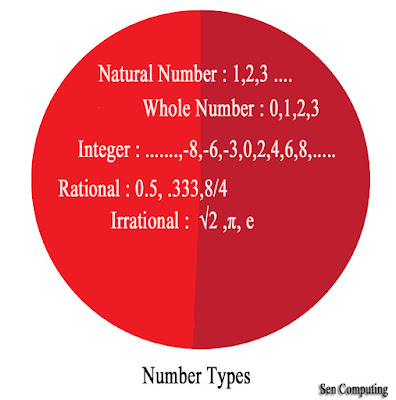It isn't easy to select the boss of today's computer because there are tons of people who contributed in the field of computer science but Babbage is pioneer in that matter due to his invention and concept of the Analytical Engine.
Babbage, full name Charles Babbage, was a British mathematician. In 1837 he came up with his concept for the first general mechanical computer,The Analytical Engine. It contained an Arithmetic Logic Unit (ALU), basic flow control, punch cards, and integrated memory. The design of this calculating machine
strongly resembles the modern computer system and the overall organization
is remarkably similar to the conceptual design of modern computers. Analytical Engine was intended to perform any arithmetical calculation using punched cards that would
deliver the instructions, as well as a memory unit to store numbers. Ada Lovelace, another mathematician, who associated him by writing a program for the Analytical Engine.
 Unfortunately, Babbage was not able to complete his project because of funding issues and thus his computer was never built during his lifetime. Babbage's son Henry Babbage constituted only a small part of the whole engine in 1910 which had some printing apparatus.
Unfortunately, Babbage was not able to complete his project because of funding issues and thus his computer was never built during his lifetime. Babbage's son Henry Babbage constituted only a small part of the whole engine in 1910 which had some printing apparatus.
Though Babbage couldn't deliver the goods but he had that vision. Before Analytical Engine, he was involve in another project, the Difference Engine. The six-wheeled model was initially constructed and demonstrated to a number of audiences The difference engine was subsequently realized as actual working machines, so he was clearly on the right track.
He is a pretty interesting person with some pretty interesting ideas, unfortunate in completing his project but no doubt, his idea was a leap in the field of computing.












































